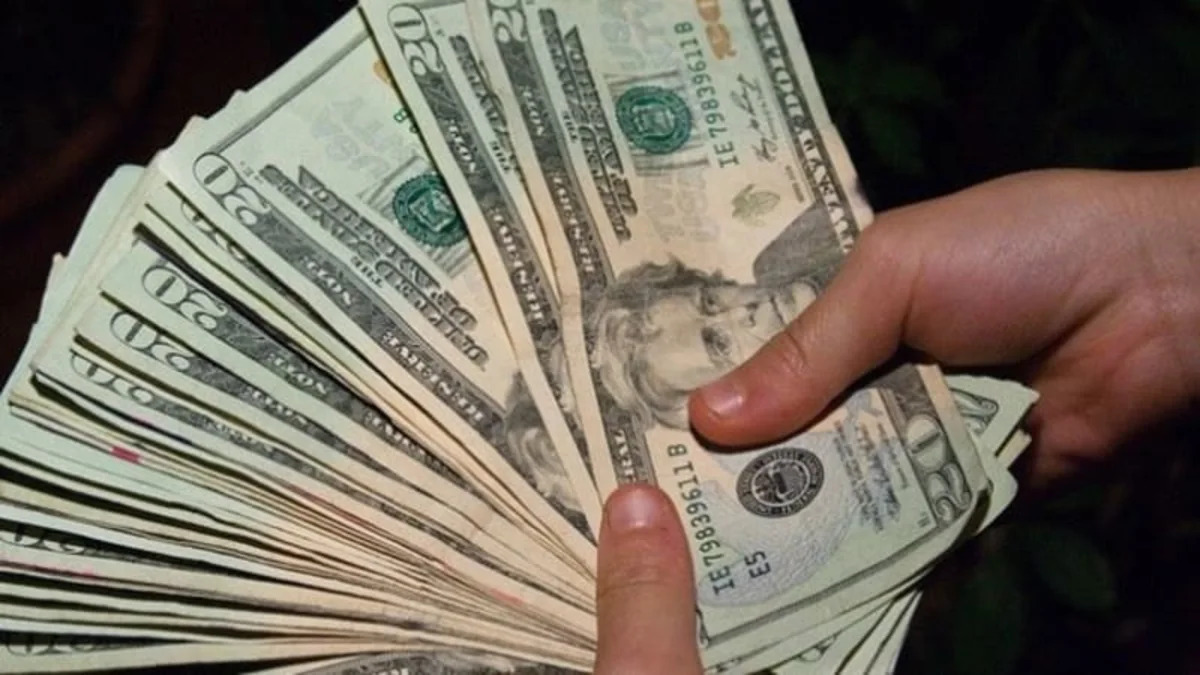When you buy beef jerky, some Bridgestones or a Bulgari, you don't spend six hours researching how much the retailer paid for the product. For that matter, when you buy a building, you don't ask how much the builder put into it. When it comes to cars, though, consumers can never be deterred from scrutinizing the dealer's actual costs. Hence the spotlight shined on dealer 'holdback,' which is a sum of money paid to a dealer by the manufacturer after a car is sold.
According to TrueCar, holdback makes up anywhere from one to three percent of the price of a car. In the most nefarious interpretation, holdback is a built-in rebate that spikes the dealer's invoice price. If a manufacturer wanted $20,000 from a dealer for a car, knowing that it might need to pay a two-percent holdback once the car is sold, the manufacturer makes the dealer pay $20,400 for the car. That $20,400 is now the official invoice price that appears on the breakdown. Once the car is sold, the dealer gets a check for $400.
Holdback is an inexact number. It could be pegged to the base MSRP or the configured invoice or the configured MSRP, for instance. But it can allow the dealer a number of follow-on benefits, including being able to sell a car at invoice price and still make money. Not that a dealer would let it go for invoice, and $400 isn't much on a $20K transaction, but you get the point. TrueCar has a table of holdback percentages for various manufacturers, but be as wary of having too much information as too little.
According to TrueCar, holdback makes up anywhere from one to three percent of the price of a car. In the most nefarious interpretation, holdback is a built-in rebate that spikes the dealer's invoice price. If a manufacturer wanted $20,000 from a dealer for a car, knowing that it might need to pay a two-percent holdback once the car is sold, the manufacturer makes the dealer pay $20,400 for the car. That $20,400 is now the official invoice price that appears on the breakdown. Once the car is sold, the dealer gets a check for $400.
Holdback is an inexact number. It could be pegged to the base MSRP or the configured invoice or the configured MSRP, for instance. But it can allow the dealer a number of follow-on benefits, including being able to sell a car at invoice price and still make money. Not that a dealer would let it go for invoice, and $400 isn't much on a $20K transaction, but you get the point. TrueCar has a table of holdback percentages for various manufacturers, but be as wary of having too much information as too little.


Sign in to post
Please sign in to leave a comment.
Continue